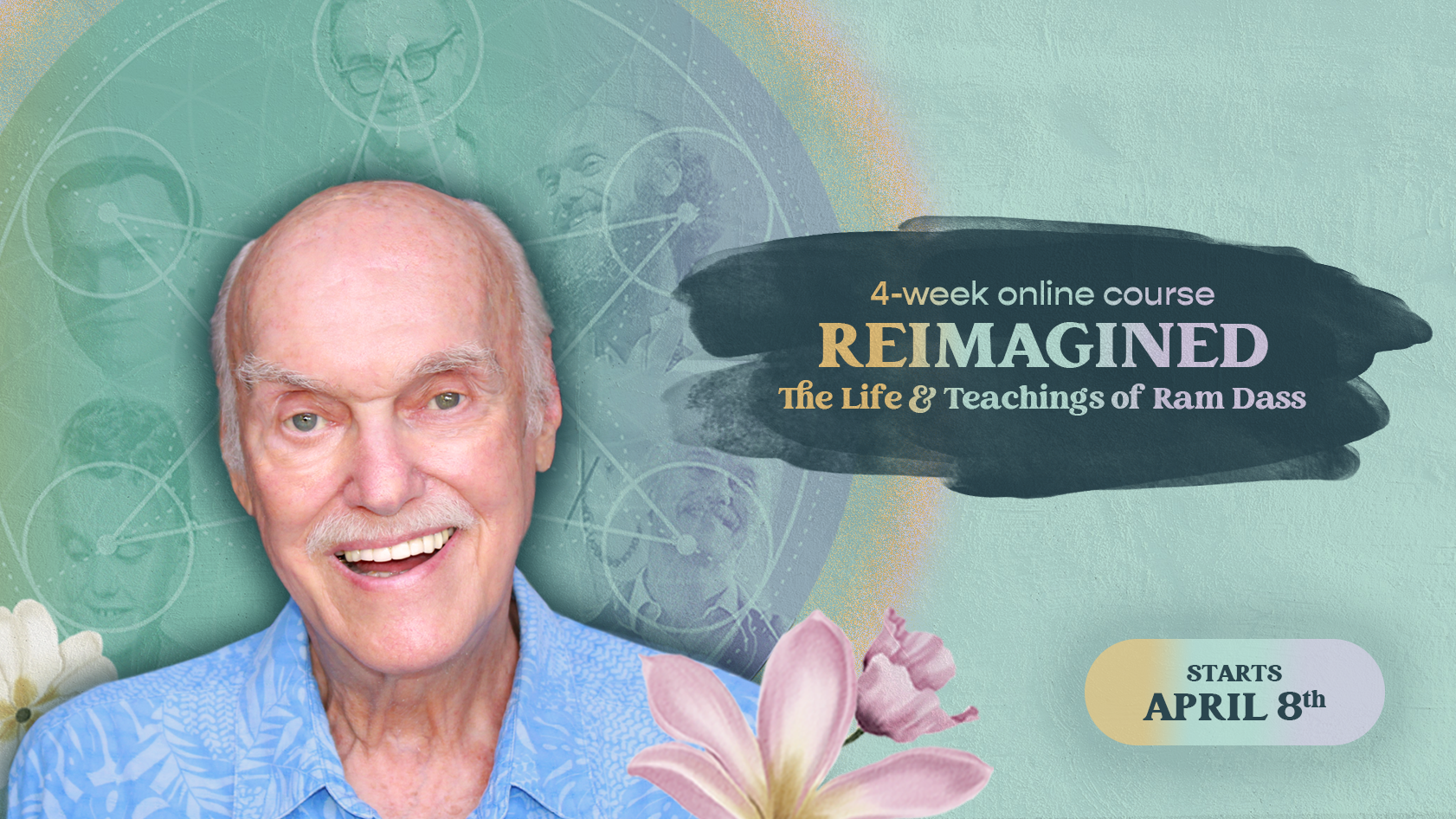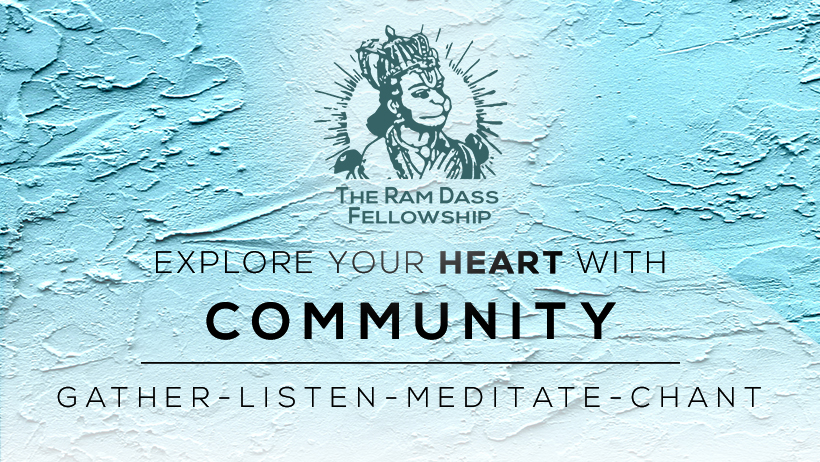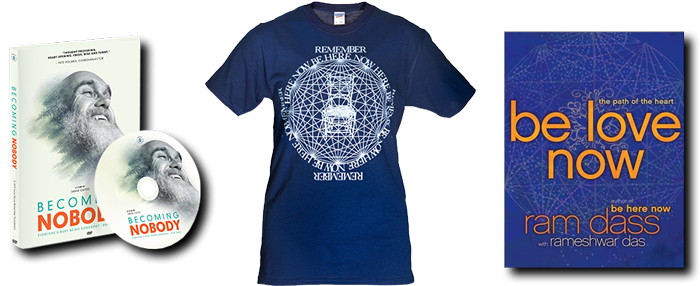Who you think you are is not who you really are at all. I’ve used an example many times in lectures, but it’s such a vivid one that it’s useful to cut through an awful lot of holdings. It involves the levels of perception, the television receiver, the little dial by the side of your eyes.
When that dial is set on channel five, when you look around at the world, you see the physical environment, you see people’s bodies. For example, if you were particularly interested in sexual gratification, you might see everybody in terms of a possible sexual partner, and that would be your reality, very physical. Under those conditions you might be preoccupied with your own physical being, that your body is too weak or too old, too young or too thin, too fat or too much of this, too little of that, always something in the wrong place. When I lived in that reality, I was worried about going bald.
Flip to channel six, now you’ve entered into the psychological domain, and you look at everybody as happy, sad, righteous, lazy, etc. And you could call yourself a manic depressive, and you could say, “I wish I was as happy as everybody else.” or “I’m a young woman looking into the future.” or “I’m a Mother.” That’s a social-psychological role. “I’m a good citizen.” or “I don’t care about anything.” “I’m seeking God.” That’s a nice one but these are all psychological.
Try channel seven. Now you look out at the world, and there are twelve categories, “Ah, you’re a Leo, I’d know you anywhere.” “I’m an aries, that explains it.” Thus far five, six and seven have all been the game of individual differences. How are you different from me?
Channel eight; when I look into someone else’s eyes, I see someone else looking back at me, Someone just like me in there, are you in there? I’m in here, far out. How did you get into that one?
At that point you are aware of all of the individual differences as packaging and you’re seeing that which is the same in you as it is in me. Which in Hinduism is called the jivatman and in Christianity, it’s called the soul.
Let’s flip once more, to channel nine. When I turn to channel nine, it is as though two mirrors were facing each other with nothing in between. It is yourself looking at yourself. For on channel nine, there is only one of us, we are the Ancient One. In that reality, on channel nine, we are one acting like the many, in order to carry out this illusion, and there is only one of us doing all this, the one behind the many.
One more flip, channel ten. Flip into channel ten and you disappear and that which you were looking at disappears, it all returns to the formless. To that which lies behind the one, the essence of one or what the Buddhists call Nirvana. Channels five, six, seven, eight and nine are all levels of relative reality, all within the domain of form. Channel ten is the reality of the formless which lies behind all forms.
-Ram Dass
Photo by Markus Spiske on Unsplash










